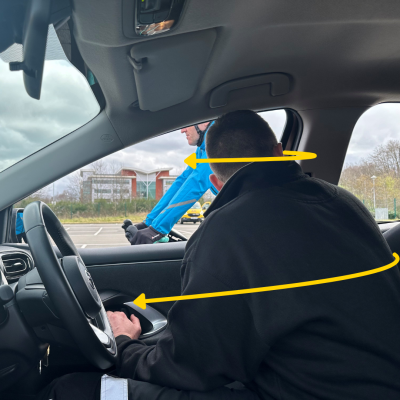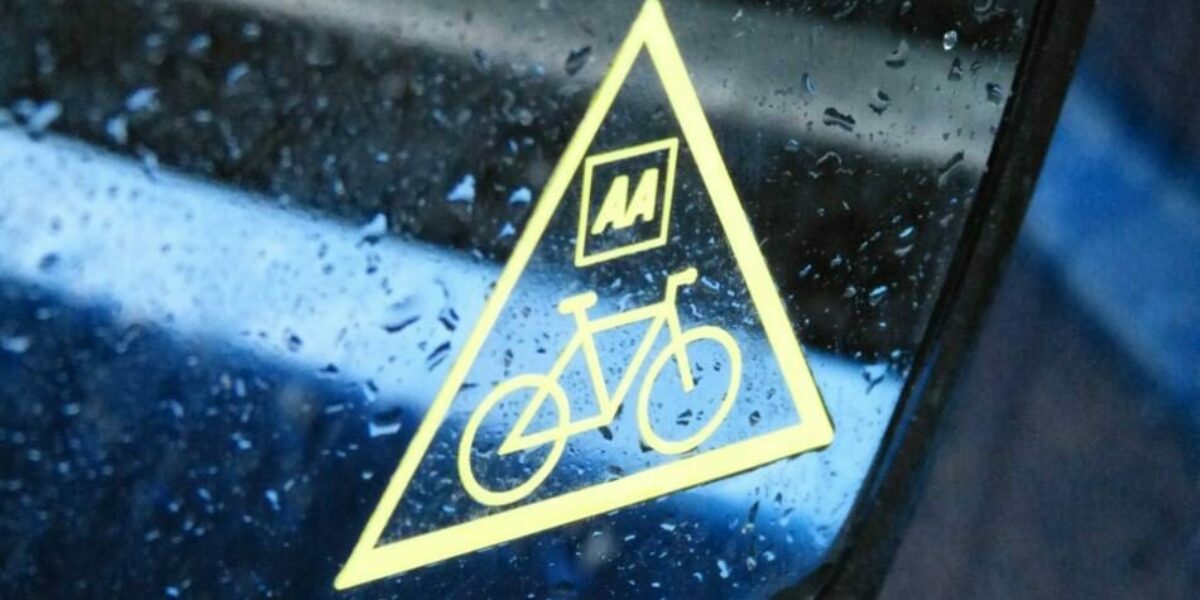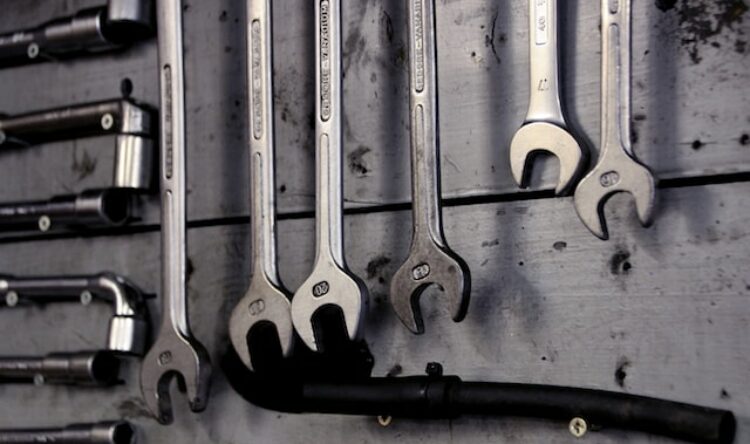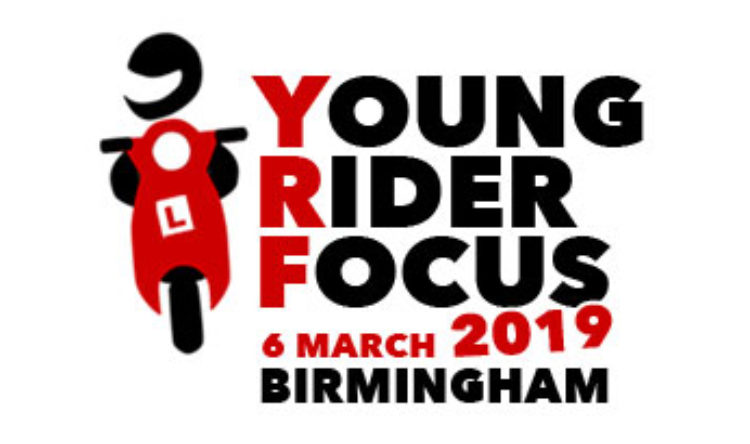Two wheels into four
Time for the 'Think Bikes' initiative to pedal harder ten years on
Published on April 16, 2024
The AA’s ‘Think Bike’ initiative is marking its 10th anniversary.
However, the organisation is calling for a redoubling of efforts to reduce two-wheeled road casualties.
More than a quarter of those killed on the roads are on two wheels.
Seeing is believing
The original AA Charitable Trust campaign encouraged drivers to place small Think Bikes stickers on their side mirrors. These stickers reminded drivers to look out for those on two wheels.
It was a campaign that won numerous awards, including the FIA Innovation Award and FIM Global Road Safety Award, and has since been replicated in 24 countries worldwide.
Think Bikes was Tony Rich’s brainchild. He’s a former ‘Patrol of the Year’ and now a Public Relations Manager. The company was inspired by the death of his friend Jack Bellis in a motorcycle crash.
Ten years on, many believe the campaign is as relevant today as it was ten years ago, and The AA is continuing it.
Wheel world
Recent Government statistics reveal that in 2022, 91 cyclists (down 20% on 2014 figures) and 350 motorcyclists (up 5% on 2014) were killed. Moreover, 15,693 cyclists (down 25% on 2014) and 16,943 motorcyclists (down almost 17% on 2014) were injured on Britain’s roads.
Changes to the Highway Code in 2022 also included and updated several rules to promote safety on the road. A clear message was sent to encourage healthier, sustainable, and efficient transport systems, making walkers and cyclists feel safer on the roads.
This ‘Hierarchy of Road Users’ revealed new rules on road positioning for cyclists and passing distance for drivers.
Reaching safety
In 2022, 373 cyclists and motorcyclists were injured by car occupants opening their doors without looking, according to Government data.
Whilst this is down on previous years, it remains a significant issue.
However, a safety technique, The Dutch Reach, is known to reduce the risks of these incidents.
This is a way of opening car doors from the inside with the hand furthest from the handle.

Used in the Netherlands since the 1970s, it automatically encourages drivers and passengers to check mirrors and blind spots before opening doors.
New research conducted by The AA reveals that 89% of drivers agreed that ‘it’s sometimes hard to see cyclists’.
Less than 20% of respondents had heard of the Dutch Reach elsewhere. It compares with 43% who know about Dutch Reach but don’t use it.
Cracking the code
Changes to the Highway Code were introduced, providing more specific advice on passing distances.
It states motorists “leave at least 1.5 metres when overtaking cyclists at speeds of up to 30mph, and give them more space when overtaking at higher speeds.”
However, 37% of the respondents to the recent AA survey say they get nervous when overtaking cyclists. Younger drivers (53%) are more anxious than older drivers (38%).
On a positive note, the survey found that 95% of respondents said that cyclists were vulnerable and that they always gave them extra space.
In terms of attitudes between cyclists and drivers, more needs to be done to promote harmony.
The survey found that 15% of drivers had lost their temper and used hand signals towards a cyclist. Furthermore, 20% said they’d been on the receiving end of this type of behaviour.
The AA points out that drivers are often cyclists, and most adult cyclists are also drivers.
Jeremy Vine, Broadcaster, cyclist and driver, is “so pleased to see that the AA is doing this”. He says that being a cyclist, you do feel “vulnerable”. Vine adds: “I always think when you’re in a car, and I drive too, you don’t always see that that person on the bicycle is a mum, a sister, somebody’s son, someone’s grandfather, maybe even their great grandfather. So, thank you AA for thinking bike.”
Edmund King, Director of The AA Charitable Trust, says the survey shows how easy it is for drivers to miss seeing cyclists. “Cycles and motorcycles make up just 2.75% of miles travelled compared to cars but account for more than one quarter of road deaths. This is why it is essential to spread the message again to all drivers to think bikes.”
Ten years
- The campaign was launched in March 2014 at Marble Arch, London, with the help of famous Olympic cyclist Chris Boardman, 20-time Isle of Man TT winner John McGuinness and with support from the Metropolitan Police.
- More than six million free stickers have been distributed via member renewal packs, AA Driving School, BSM, AA patrols, fleets, Halfords and personal requests.
- The campaign launch was supported by the Transport Secretary, Road Safety Minister, Department for Transport, Police, Mayor of London and a host of cycling and freight groups.
- The success of the UK Campaign spread, and with support from the FIA, the campaign has now been conducted in 24 countries across the world. Countries such as Canada and Australia regularly express more interest.
- The campaign has won numerous awards, including the FIA Innovation Award.
Ten years since the original launch, The AA is still committed to spreading the original messages of the ‘Think Bikes’ campaign.
All new AA vehicles are still fitted with the stickers. The AA is also encouraging other fleets to adopt the Think Bike stickers.
You can get your stickers and resources by emailing: [email protected]






